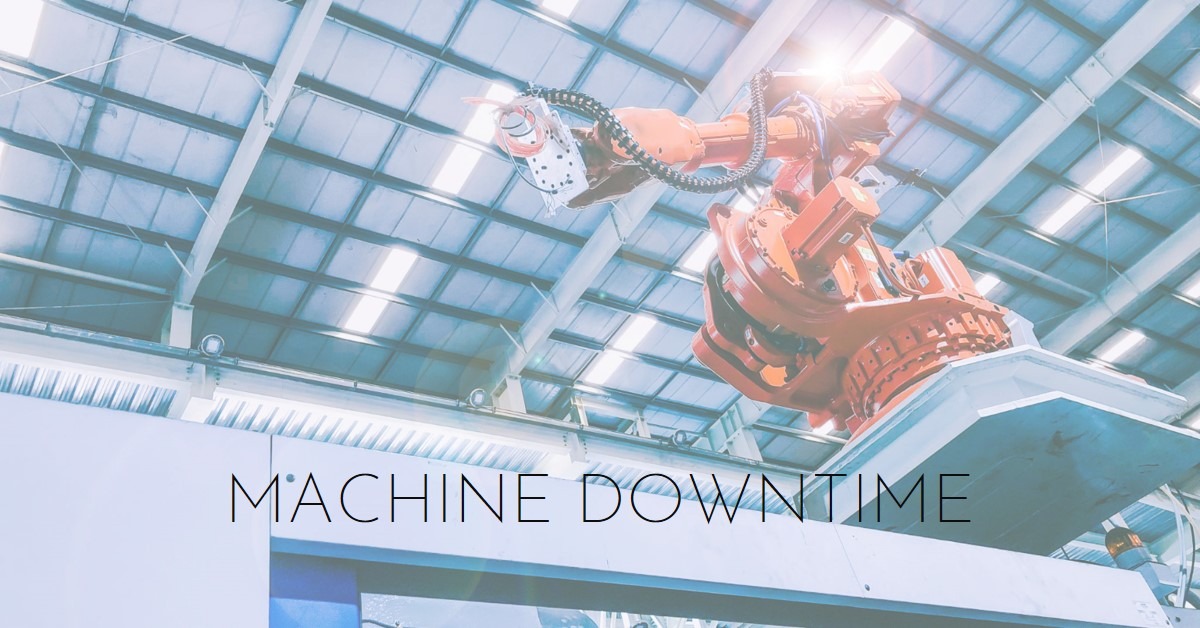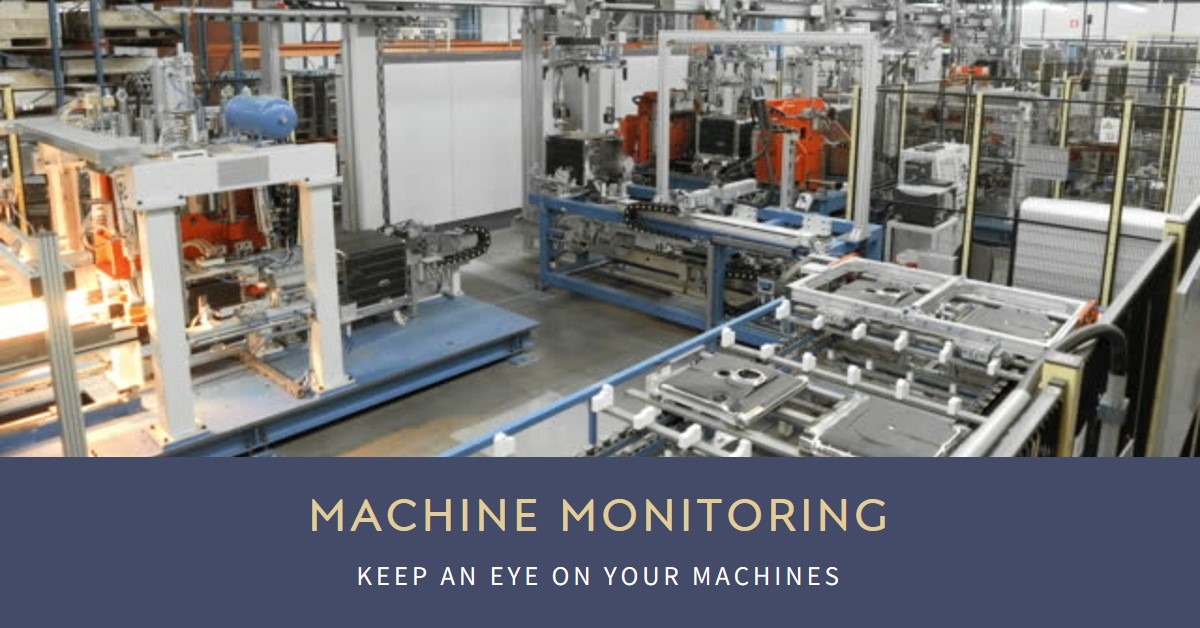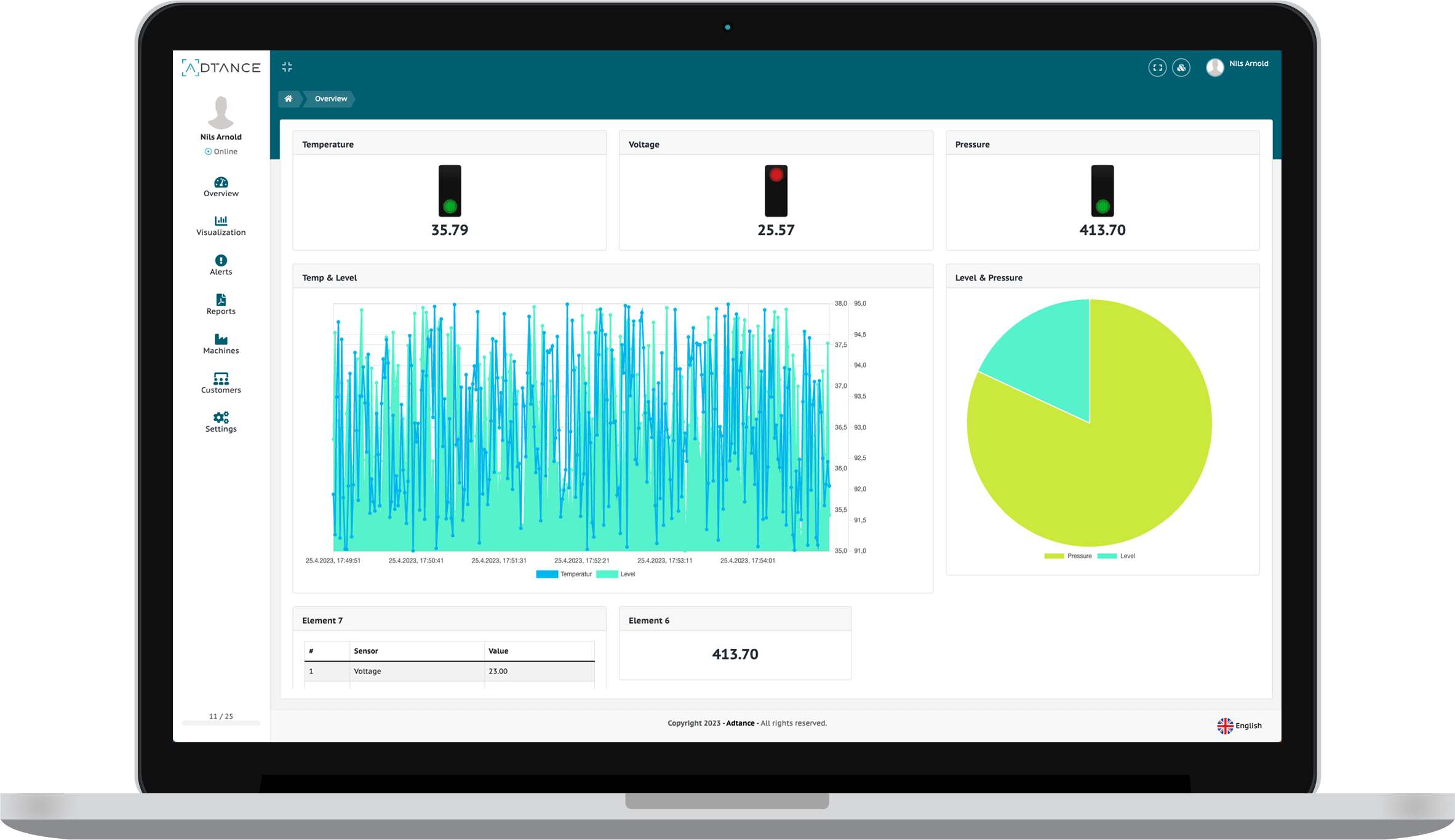In the manufacturing industry, efficiency and productivity are paramount. One of the key factors that can significantly impact these elements is machine downtime. But what exactly is machine downtime, and why is it so important? Let's delve into this topic to gain a deeper understanding.

What is Machine Downtime?
Machine downtime refers to the period during which a machine is not operational. This non-operational status could be due to a variety of reasons, ranging from planned events like scheduled maintenance to unplanned events such as unexpected breakdowns or equipment failures.
In the context of a manufacturing environment, any period where the production process is halted is considered downtime. This includes both planned and unplanned events. The goal for any manufacturing operation is to minimize downtime as much as possible to maintain productivity and efficiency.
Examples of Machine Downtime
Machine downtime can occur due to various reasons. Some common examples include:
-
Equipment Failure: This is an unplanned event that results in the machine being inoperable. It could be due to mechanical or electrical failures.
-
Scheduled Maintenance: This is a planned event where machines are taken offline for regular maintenance to prevent future breakdowns.
-
Changeover Time: This is the time taken to switch a machine from producing one product type to another.
Acceptable Downtime for a Machine
The acceptable downtime for a machine varies depending on the industry, the specific machine, and the operational requirements of the business. However, the goal for any manufacturing operation is to minimize downtime as much as possible to maintain productivity and efficiency.
Calculating Machine Downtime
Machine downtime is typically calculated by tracking the time a machine is non-operational and dividing it by the total planned production time. This gives a downtime percentage which can be used to identify trends and areas for improvement.
Types of Downtime
There are three main types of downtime:
-
Unplanned Downtime: This occurs due to unexpected events like equipment failure or power outages.
-
Planned Downtime: This is scheduled non-production time used for activities like maintenance, inspections, or employee breaks.
-
Idle Time: This is when the machine is available but not in use, often due to factors like lack of demand or supply chain issues.
In the next section, we will explore the concept of machine uptime vs downtime, strategies to reduce machine downtime, and the importance of machine downtime in the manufacturing industry.
Machine Uptime vs Downtime: Two Sides of the Same Coin
In the manufacturing industry, the terms 'uptime' and 'downtime' are often used in tandem to describe the operational status of a machine. While downtime refers to the period a machine is not operational, uptime is the period a machine is available and ready for operation, regardless of whether it is actually in use.
The goal in manufacturing is to maximize uptime and minimize downtime. High uptime indicates that machines are running smoothly and production is going as planned, while high downtime indicates inefficiencies that need to be addressed.
Reducing Machine Downtime: A Key to Enhanced Productivity

Reducing machine downtime is a critical aspect of improving productivity in the manufacturing industry. Here are some strategies that can help:
-
Predictive Maintenance: This involves using data analysis and machine learning algorithms to predict when a machine is likely to fail or require maintenance. This allows for maintenance to be scheduled before a failure occurs, thus reducing unplanned downtime.
-
Regular Inspections: Regularly inspecting machines can help identify potential issues before they result in downtime.
-
Proper Employee Training: Ensuring that employees are properly trained to operate and maintain machines can prevent operational errors that could lead to downtime.
-
Using High-Quality Machine Parts: High-quality parts are less likely to fail, reducing the risk of unplanned downtime.
Average Production Downtime
The average production downtime varies greatly depending on the industry, the specific manufacturing process, and the operational efficiency of the company. However, any amount of downtime can result in significant financial losses.
For instance, a study by Aberdeen Research found that downtime costs companies an average of $260,000 per hour. This underscores the importance of strategies aimed at reducing machine downtime.
In the next section, we will delve into the importance of machine downtime, the concept of 'acceptable downtime', and how companies like ADTANCE are leveraging technology to minimize downtime in the manufacturing industry.
The Importance of Machine Downtime
Machine downtime is more than just a measure of lost production time. It's a significant factor that directly impacts a company's bottom line. Excessive downtime can lead to lost production, delayed orders, increased labor costs, and reduced customer satisfaction.
Moreover, it can also have a ripple effect on the supply chain, causing delays and disruptions that can affect a company's relationship with its suppliers and customers. Therefore, understanding and managing machine downtime is crucial for any manufacturing operation.
The Role of ADTANCE in Reducing Machine Downtime
ADTANCE, a software as a service company, is focused on the digitization of customer service in the manufacturing industries. They offer a range of solutions designed to streamline operations, improve efficiency, and reduce machine downtime.
ADTANCE's Smart Services include a range of tools and solutions designed to enhance the manufacturing process. These include:
-
ADTANCE Support: This service provides remote assistance and maintenance, enabling faster inspections and less downtime. It uses a live stream to facilitate communication between experts and field technicians, making daily service and support calls, as well as maintenance and inspections, easier and more efficient.
-
ADTANCE Process Visualization and Monitoring: This module allows for constant monitoring of machines or entire production plants with the help of installed sensors. It provides reliable condition monitoring and the status quo of your machine or system can be visualized and monitored on the basis of the sensors and their set limit and measured values.

By leveraging these services, manufacturing companies can significantly reduce machine downtime, improve operational efficiency, and ultimately, increase their bottom line.
Conclusion
In conclusion, machine downtime is a critical aspect of the manufacturing industry that directly impacts productivity, efficiency, and revenue. By understanding what constitutes downtime, how to calculate it, and strategies to reduce it, manufacturing companies can significantly improve their operations. Companies like ADTANCE are leading the way in providing innovative solutions that help minimize downtime and enhance productivity in the manufacturing industry.